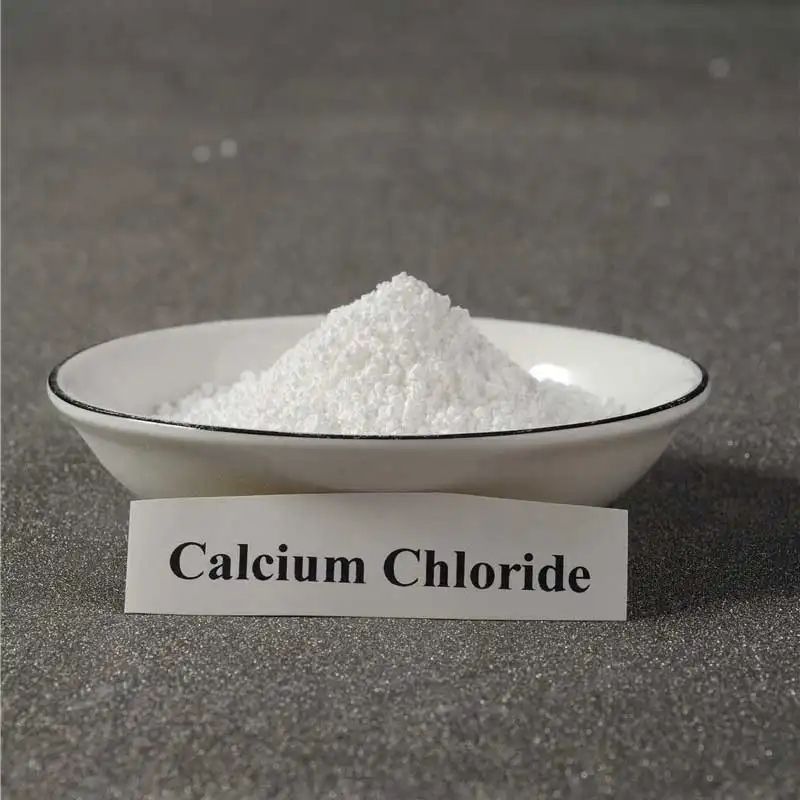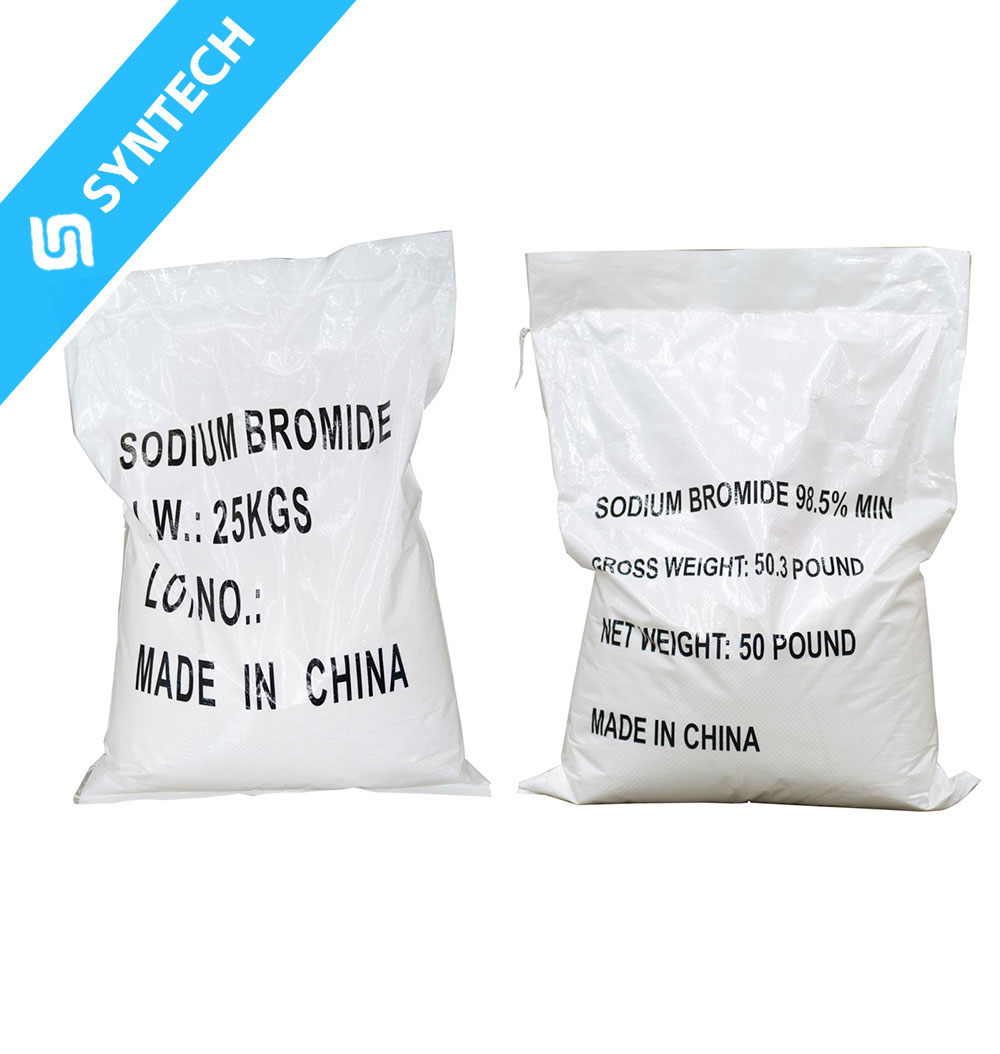High-range water reducers (HRWRs), also known as superplasticizers, are indispensable chemical admixtures in modern concrete technology. They enable the production of high-strength, high-performance, and self-consolidating concrete by drastically reducing the water content required for a given workability. Among the various chemical building blocks for HRWRs, Sodium Methallyl Sulfonate (SMAS) plays a critical role, particularly in the synthesis of polycarboxylate ether (PCE)-based superplasticizers, which represent the state-of-the-art in this field.
1. The Key Role of SMAS in Polycarboxylate Ether (PCE) Superplasticizers
PCE superplasticizers have a comb-like copolymer structure consisting of a backbone with negatively charged groups and side chains (usually polyethylene oxide, PEO) that provide steric hindrance. SMAS is primarily used as a functional co-monomer to incorporate the sulfonate groups into this backbone.
Its role is multifaceted and crucial for the performance of the final product:
A. Anionic Charge Density and Electrostatic Repulsion:
- The strongly anionic sulfonate group (-SO₃⁻) from SMAS provides a high and permanent negative charge to the polymer backbone.
- When adsorbed onto the positively charged surface of cement particles, these charges generate powerful electrostatic repulsion between particles. This forces them apart, breaking up flocculated structures and releasing trapped water, which is the primary mechanism of water reduction.
B. Anchoring Group for Adsorption:
- The sulfonate group has a high affinity for the calcium ions (Ca²⁺) on the surface of cement particles (e.g., C₃S, C₃A).
- This allows the PCE polymer to adsorb quickly and effectively onto the cement surface. A strong anchor is essential for the side chains to project into the solution and provide steric hindrance.
C. Copolymerization Stability and Backbone Integrity:
- SMAS has excellent copolymerization characteristics with other key monomers like acrylic acid (AA) or methacrylic acid (MAA) and the macromonomer (e.g., MPEG-MAA).
- Its reactivity ratio allows for its relatively uniform incorporation into the growing polymer chain during free-radical copolymerization. This results in a polymer with a well-defined structure and consistent performance, preventing issues like homopolymerization or an uneven distribution of functional groups.
D. Slump Retention (A Key Advantage of PCEs):
- While the sulfonate groups provide an initial strong dispersion, the long PEO side chains are primarily responsible for long-term workability (slump retention) through steric hindrance.
- The balanced incorporation of SMAS helps create a polymer that initially adsorbs rapidly (due to the sulfonate anchor) but has a dispersion force that is maintained over time as the side chains slowly unfold and provide steric stabilization. This is superior to older sulfonated melamine or naphthalene-based superplasticizers, which rely solely on electrostatic repulsion and suffer from rapid slump loss.
E. Tolerance to High Sulfate Environments:
- Concrete pore water can have high concentrations of sulfate ions (SO₄²⁻) released from cement. These can compete with anionic polymers for adsorption sites.
- The sulfonate group from SMAS has a stronger binding affinity to calcium ions compared to carboxylate groups alone, making the PCE polymer more resistant to being displaced by sulfates. This leads to more robust performance across different cement types and batches.
2. Synthesis Process of SMAS-based PCE Superplasticizers
The synthesis of PCE superplasticizers incorporating SMAS is typically carried out via free-radical copolymerization in an aqueous solution. The process can be a one-step or two-step reaction.
Key Monomers:
- Macromonomer: A polyethylene glycol (PEG) monomethyl ether molecule terminated with a polymerizable group, most commonly methacrylate (MPEG-MAA). This forms the long side chains for steric hindrance.
- Carboxylic Acid Monomer: Acrylic Acid (AA) or Methacrylic Acid (MAA). This provides carboxylate groups for additional charge and adsorption sites.
- Sulfonate Functional Monomer: Sodium Methallyl Sulfonate (SMAS). This is the key component providing the sulfonate functionality.
Synthesis Procedure:
- Feed Preparation: The reactants are prepared in separate streams.
- Aqueous Phase: Deionized water is charged into the reactor as the solvent.
- Monomer Mixture: The macromonomer (MPEG-MAA), AA/MAA, and SMAS are mixed together in a specific molar ratio. This ratio is the most critical parameter determining the final product’s performance (e.g., water reduction rate, slump retention).
- Initiator Solution: A water-soluble free-radical initiator, such as ammonium persulfate (APS) or hydrogen peroxide with a reducing agent (redox system), is dissolved in water.
- Polymerization Reaction:
- The aqueous phase in the reactor is heated to a specific temperature, typically between 60°C and 85°C.
- The monomer mixture and the initiator solution are added to the reactor simultaneously but separately over a period of 2 to 4 hours. This “semi-batch” process is crucial to control the heat of the exothermic reaction and to ensure a uniform copolymer structure with minimal formation of homopolymers.
- The reaction can be represented as:
MPEG-MAA + AA/MAA + SMAS → Comb-like PCE Copolymer
- Post-Reaction and Neutralization:
- After the addition is complete, the reaction mixture is often held at the reaction temperature for an additional period (e.g., 1-2 hours) to ensure complete conversion of the monomers.
- The reaction mixture is then cooled.
- If necessary, the pH may be adjusted using a base like sodium hydroxide (NaOH) to ensure stability and compatibility in the final concrete formulation.
- Final Product:
- The result is a yellowish to brown aqueous solution of the PCE copolymer, typically with a solid content of 30-50%. This solution is the commercial liquid superplasticizer ready for use in concrete batching plants.
Research Focus in Synthesis:
Ongoing research focuses on optimizing the monomer ratios, exploring new initiator systems for lower temperature synthesis, developing novel macromonomers, and creating “green” synthesis routes with higher solid content and lower energy consumption.






